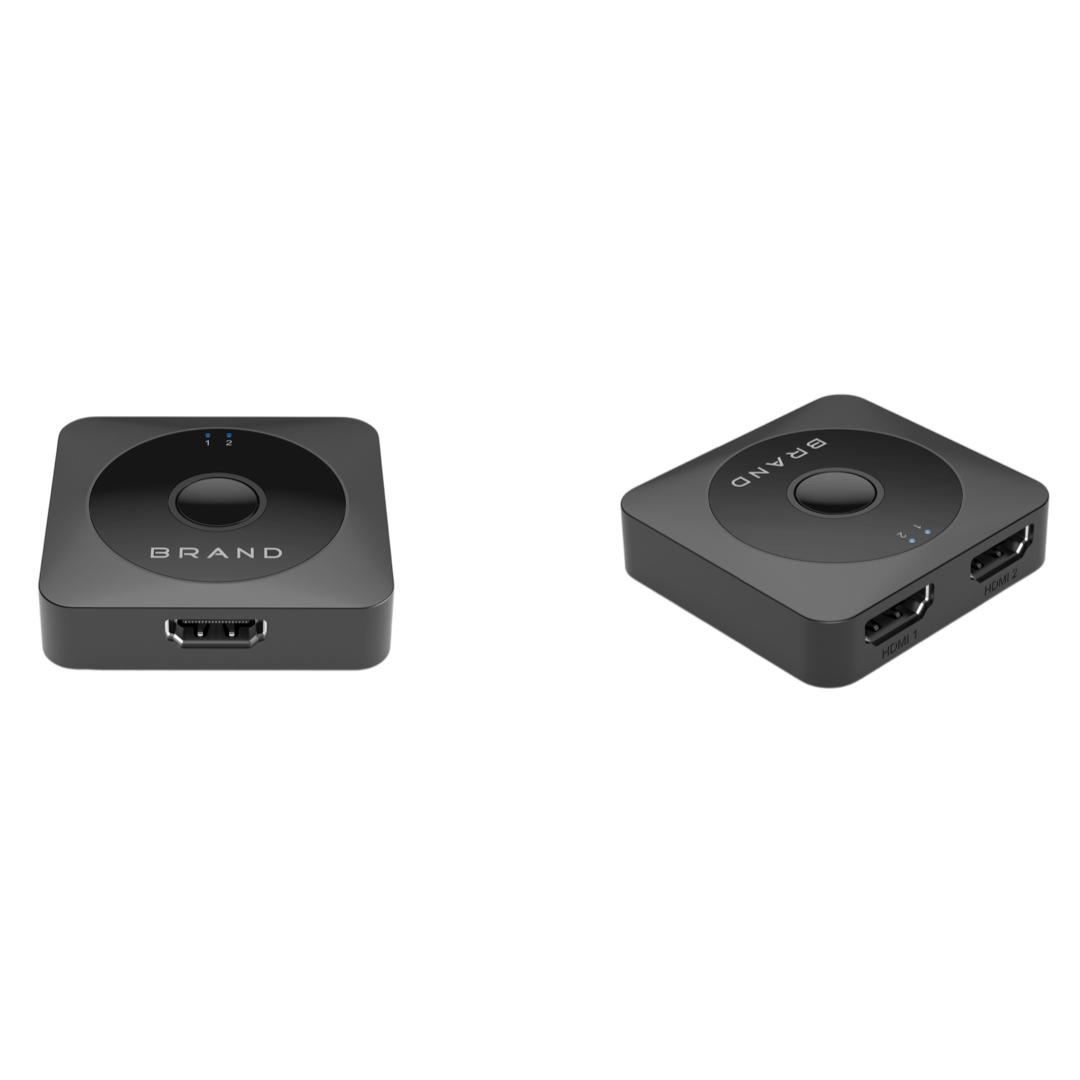Unveiling the Mysteries Behind Your Audio Adapter

An audio adapter is a vital accessory for connecting audio devices that use different interfaces. However, users often encounter issues such as silence, noise, or overall audio quality problems. In this FAQ guide, we will explore common audio adapter problems and provide detailed solutions to help you overcome them.
1. Troubleshooting Silence in Your Audio Adapter
If you are experiencing complete silence or a lack of audio output through your audio adapter, follow these steps to troubleshoot the issue:
Step 1: Ensure that all connections between your audio devices and the adapter are secure and properly plugged in. Check both ends of the adapter, including the input and output ports.
Step 2: Verify that your audio devices are powered on and their volume settings are appropriately adjusted. Sometimes, the silence may result from a simple oversight, such as muted audio or low volume levels.
Step 3: Test the audio adapter with different audio sources and devices. This will help determine if the problem lies within the adapter or the specific audio source.
Step 4: Update or reinstall the audio drivers on your computer. Outdated or faulty drivers can cause compatibility issues and result in silence. Visit the manufacturer's website to download the latest drivers for your audio adapter.
Step 5: If none of the above steps solve the issue, it is recommended to contact the manufacturer's support team for further assistance or consider replacing the adapter.
2. Solving Noise Issues with Your Audio Adapter
Noise interference is another common problem faced by audio adapter users. To eliminate or minimize unwanted noise, follow these troubleshooting steps:
Step 1: Separate the audio adapter's cables from any power sources or other cables. This prevents interference from other electrical devices that may be introducing noise into the audio signal.
Step 2: Ensure that the audio adapter is properly grounded. Use a three-pronged power cord and connect it to a grounded electrical outlet.
Step 3: Test different audio cables to rule out any deficiencies. Sometimes, a faulty cable can introduce noise. Swap the cables with known-working ones to identify the potential culprit.
Step 4: In case of excess noise, consider using shielded audio cables to minimize electromagnetic interference. These cables have an extra layer of insulation to block external interference.
Step 5: If the noise persists, try using a ground loop isolator. This device can help eliminate electrical noise caused by ground loop issues, which often occur when multiple devices are improperly connected.
3. Enhancing Audio Quality through Your Audio Adapter
To optimize audio quality and ensure the best listening experience, consider the following tips:
Tip 1: Use high-quality audio cables. Cheap or low-quality cables can degrade the audio signal, resulting in poor audio quality.
Tip 2: Adjust the audio settings on your devices. Experiment with different equalizer settings to find the best audio balance for your preferences.
Tip 3: Keep the audio adapter and connected devices away from electromagnetic interference sources such as routers, mobile phones, or other wireless devices, which can introduce noise or distort the audio signal.
Tip 4: Consider using a USB audio adapter for improved audio quality. USB adapters often offer superior sound processing capabilities compared to traditional analog adapters.
Tip 5: Regularly update your operating system and audio device drivers. New updates can sometimes enhance audio performance and address known issues.
By following these troubleshooting steps and implementing our tips, you can effectively solve common audio adapter problems and enjoy a seamless audio experience.
Conclusion
This comprehensive FAQ guide has provided insights into various audio adapter-related issues, such as silence, noise, and audio quality problems. By carefully following the troubleshooting steps outlined, users can identify and resolve these problems efficiently. Remember, maintaining good audio quality requires regular updates, appropriate cable choices, and mindful placement of audio devices. With these measures in place, you can enjoy optimal audio performance through your audio adapter.



